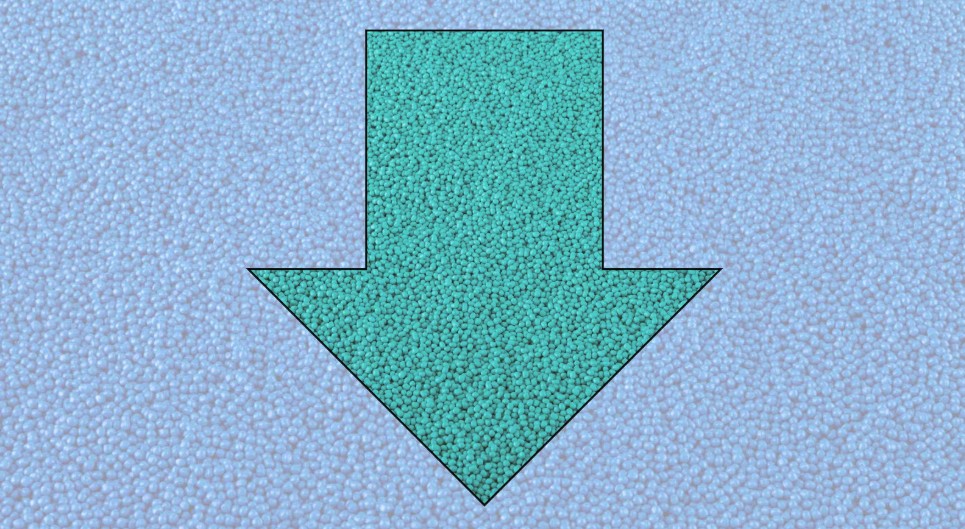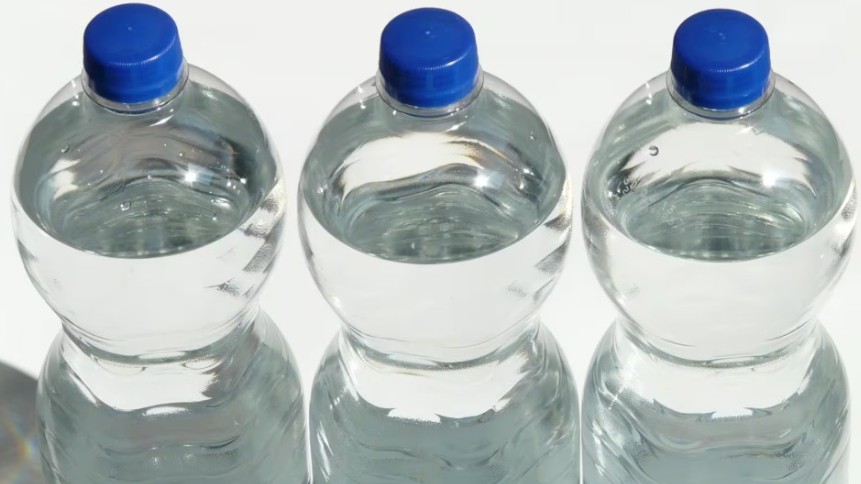Market trends
Machinery production in China to rise at a CAGR of 7.5%
작성자 : Aeyoung Park
2018-08-29 |
조회 : 4140
- Machinery production in China to rise at a CAGR of 7.5%
▲ Total China machinery production revenues and growth rates from 2017 to 2022
(exclusing PV and solar).
Even with strong 8.1% year-over-year growth, China's machinery production is growing at a slightly slower rate in 2018 than that it did in 2017, according to the recent study by IHS Markit. Machinery production in China will continue to rise at a compound annual growth rate (CAGR) of 7.5% from 2018 to 2022.
In the first half of 2018, the performance of machinery industry segments in China suffered mixed fortunes.
While robots and other high-end equipment-manufacturing machinery maintained high growth rates, some traditional manufacturing-related machinery – such as agricultural machinery, paper and paperboard machinery – have different market growth expectations, due to their differing market and policy environments.
As “Smart Manufacturing 2025” continues to advance, while demographic dividends disappear, labor costs increase, and machine generation accelerates, the demand for industrial robots in China has increased dramatically.
According to the latest data from the International Federation of Robotics (IFR), the annual sales volume of industrial robots in China ranked first in the world for five consecutive years from 2013 to 2017. IHS Markit predicted that industrial robot production will continue to grow at 38% through 2018.
Overall prospect
Although China's machinery production growth performance was stable in the first half of 2018, there are still some unfavorable factors expected in the second half of the year, due to downward pressures on the machinery and equipment market, including the following:
- With Sino-US and other trade frictions on the rise, there is still a lot of uncertainty in the international environment.
- The infrastructure investment and consumption growth rate is declining, and the underlying economic driving force is insufficient to spur additional growth.
- The tightening of environmental protection policies, along with the uncertainties of industrial policy adjustment, will have varying negative short-term effects on the development of related industries. The strict supervision of environmental protection will also have negative short-term effects on the paper, printing, dyeing and other polluting industries.




















